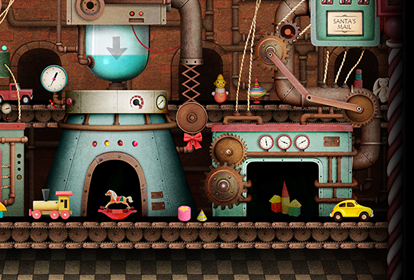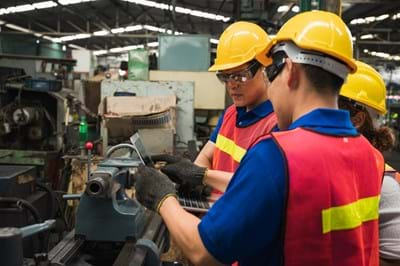Packaging is an incredibly laborious task that can be completed automatically with relative ease. Even automating just one element of your boxing and wrapping process – such as labelling – can prove invaluable. Not only will it lead to increased capacity throughout the entire process, but it will also give team members the opportunity to focus on value-add jobs. Simply put, by getting automation in place now, you could have a Christmas product sorted early, which will help you adjust more easily to any peaks in demand you experience later on.
Off-the-shelf products for automating packaging in select industries (for instance, brewing or food packaging) can be relatively small too. And, although costs can vary, it’s possible to get something within the £20k-£50k price range with a lead time of three months. Whilst this may mean that the technology is introduced to your business during Christmas 2021, it’s a one-off cost that will see you reaping the rewards for many Christmases to come (as well as all the months of production in between).
A Manchester-based maker, Seven Bro7hers Brewery, has recently had a grant approved to help them automate their packaging line. On top of the benefits already discussed, the technology will also give them a significant amount of data on production line performance, which will support their decision-making.
Automation is particularly valuable in relation to perishable products. The technology is able to pack baked goods or confectionery by picking them up with vacuum grips and then depositing them in either a box or package. This can boost capacity, productivity and quality, as well as support you in meeting demand at Christmas – even if there are staffing shortages.
Ye Olde Friars, a chocolate maker, is another company that has benefitted from automation. They replaced the manual, repetitive and incredibly time-consuming process of filling moulds with chocolate with a SELMI One Shot Depositor. They also use a continuous tempering machine to guarantee that the chocolate is the right temperature, further saving time. As a result, they can produce 700% more chocolate and respond more swiftly to larger orders.



